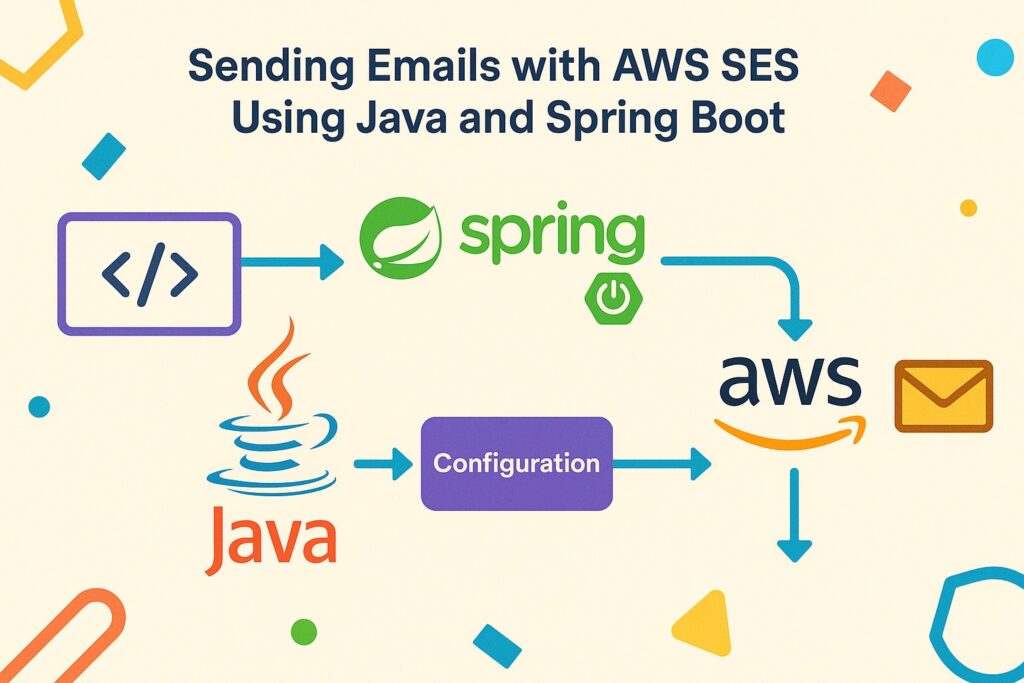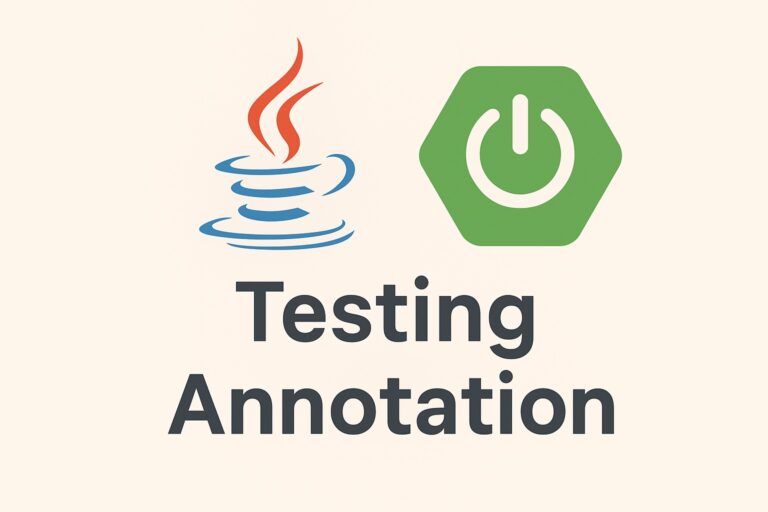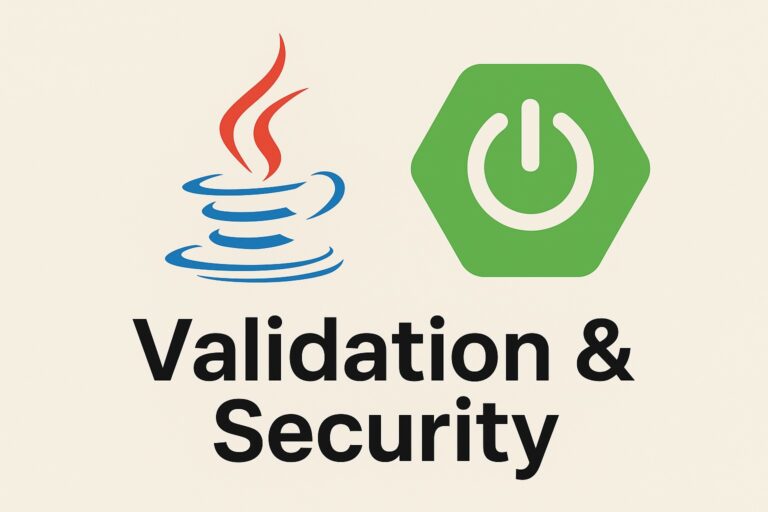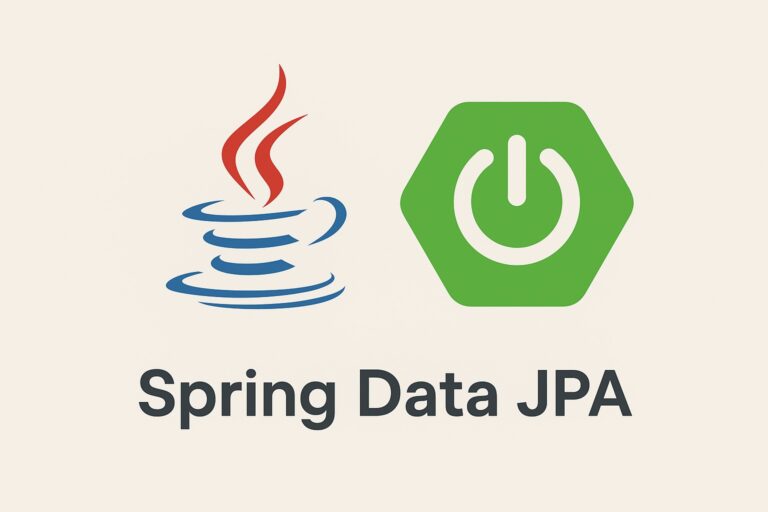Overview
Amazon Simple Email Service (SES) is a cloud-based email sending service designed to help digital marketers and application developers send marketing, notification, and transactional emails.
In this tutorial, you’ll learn how to integrate AWS SES into a Spring Boot application using the AWS SDK for Java v2.
Prerequisites
- Java 17+ or Java 11
- Spring Boot 3.x
- Maven
- AWS Account
- Verified email in AWS SES (Sandbox Mode)
- IAM User with
AmazonSESFullAccess - Region with SES support (e.g.,
us-east-1)
1. Set Up AWS SES
Step 1: Verify Email
If your SES is in sandbox mode, go to:
- AWS Console → SES → Email Addresses → Verify a new email address.
You’ll receive a confirmation email. Click to confirm.
2. Add Dependencies to pom.xml
<dependencies>
<!-- Spring Boot -->
<dependency>
<groupId>org.springframework.boot</groupId>
<artifactId>spring-boot-starter</artifactId>
</dependency>
<!-- AWS SDK SES (v2) -->
<dependency>
<groupId>software.amazon.awssdk</groupId>
<artifactId>ses</artifactId>
</dependency>
<!-- AWS SDK Core -->
<dependency>
<groupId>software.amazon.awssdk</groupId>
<artifactId>auth</artifactId>
</dependency>
<!-- Lombok (Optional) -->
<dependency>
<groupId>org.projectlombok</groupId>
<artifactId>lombok</artifactId>
<optional>true</optional>
</dependency>
</dependencies>3. Configuration in application.yml
aws:
ses:
region: us-east-1
access-key: YOUR_ACCESS_KEY
secret-key: YOUR_SECRET_KEY
sender: verified.sender@example.comTip: Store credentials securely using AWS credentials file, Spring Vault, or environment variables in production.
4. Create Configuration Class
@Configuration
public class AwsSesConfig {
@Value("${aws.ses.region}")
private String region;
@Value("${aws.ses.access-key}")
private String accessKey;
@Value("${aws.ses.secret-key}")
private String secretKey;
@Bean
public SesClient sesClient() {
AwsBasicCredentials awsCreds = AwsBasicCredentials.create(accessKey, secretKey);
return SesClient.builder()
.region(Region.of(region))
.credentialsProvider(StaticCredentialsProvider.create(awsCreds))
.build();
}
}5. Email Service Implementation
@Service
public class EmailService {
@Value("${aws.ses.sender}")
private String sender;
private final SesClient sesClient;
public EmailService(SesClient sesClient) {
this.sesClient = sesClient;
}
public void sendEmail(String to, String subject, String body) {
Destination destination = Destination.builder()
.toAddresses(to)
.build();
Content subjectContent = Content.builder()
.data(subject)
.charset("UTF-8")
.build();
Content bodyContent = Content.builder()
.data(body)
.charset("UTF-8")
.build();
Body emailBody = Body.builder()
.text(bodyContent)
.build();
Message message = Message.builder()
.subject(subjectContent)
.body(emailBody)
.build();
SendEmailRequest request = SendEmailRequest.builder()
.source(sender)
.destination(destination)
.message(message)
.build();
try {
sesClient.sendEmail(request);
System.out.println("Email sent successfully to " + to);
} catch (SesException e) {
System.err.println("Email failed: " + e.awsErrorDetails().errorMessage());
}
}
}6. REST Controller to Test
@RestController
@RequestMapping("/api/email")
public class EmailController {
private final EmailService emailService;
public EmailController(EmailService emailService) {
this.emailService = emailService;
}
@PostMapping("/send")
public ResponseEntity<String> sendEmail(@RequestBody EmailRequest request) {
emailService.sendEmail(request.getTo(), request.getSubject(), request.getBody());
return ResponseEntity.ok("Email sent to " + request.getTo());
}
}DTO
@Data
@NoArgsConstructor
@AllArgsConstructor
public class EmailRequest {
private String to;
private String subject;
private String body;
}7. Test the API
Use Postman or curl:
POST http://localhost:8080/api/email/send
Content-Type: application/json
{
"to": "recipient@example.com",
"subject": "Hello from Spring Boot + SES",
"body": "This is a test email using AWS SES and Spring Boot."
}8. Notes on Production
- Switch SES from sandbox to production to send to any recipient.
- Use environment variables or AWS IAM roles for credentials in production.
- Implement HTML emails using
Body.builder().html(...).
Summary
You now have a full working Spring Boot service that can send emails using AWS SES. Here’s a quick checklist:
| Step | Description |
|---|---|
| Verify Email | Needed in sandbox |
| Set up IAM and SDK | Secure access |
| Inject SES Client | Spring-managed AWS SDK |
| Email Service | Build and send the message |
| REST Endpoint | Simple API to trigger email send |
Sample Project Structure
src/
├── config/
│ └── AwsSesConfig.java
├── controller/
│ └── EmailController.java
├── dto/
│ └── EmailRequest.java
├── service/
│ └── EmailService.java
├── resources/
│ └── application.yml


